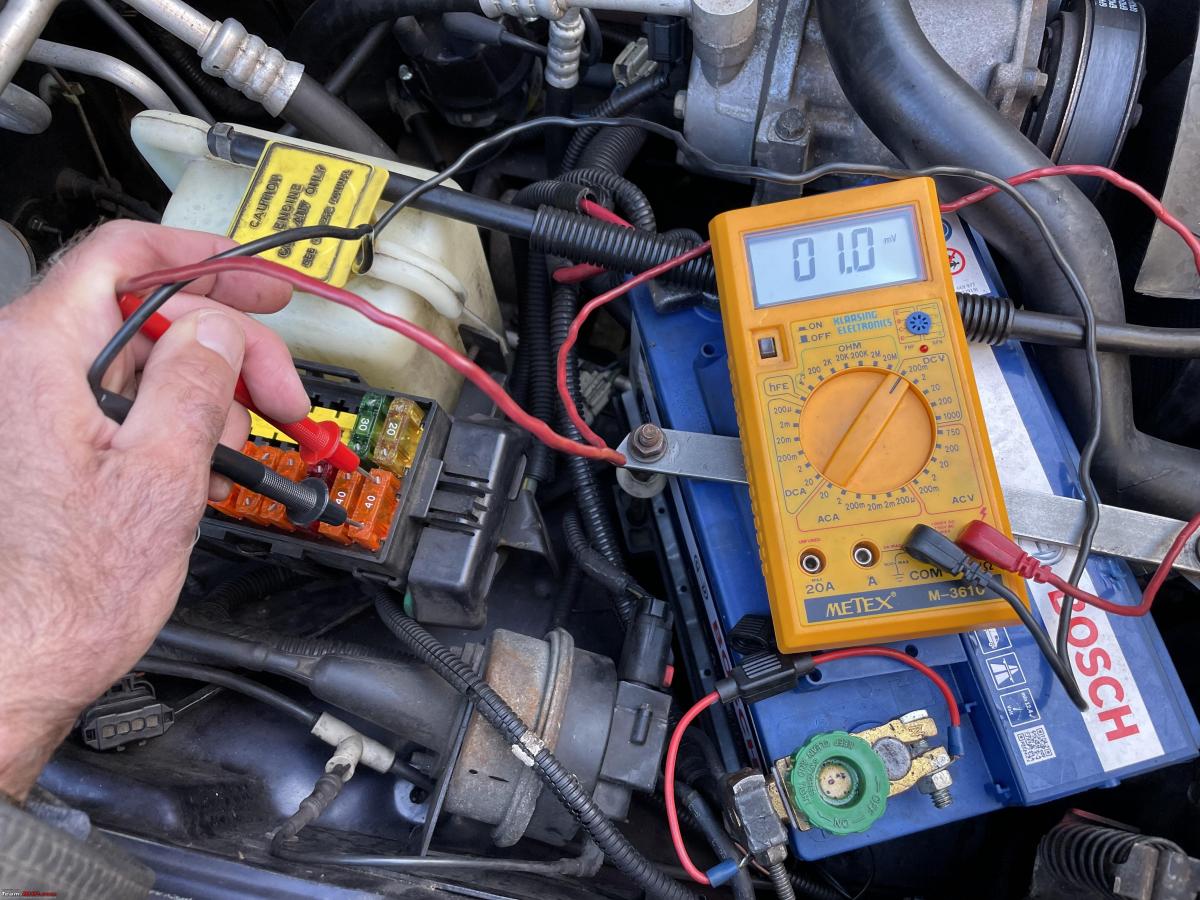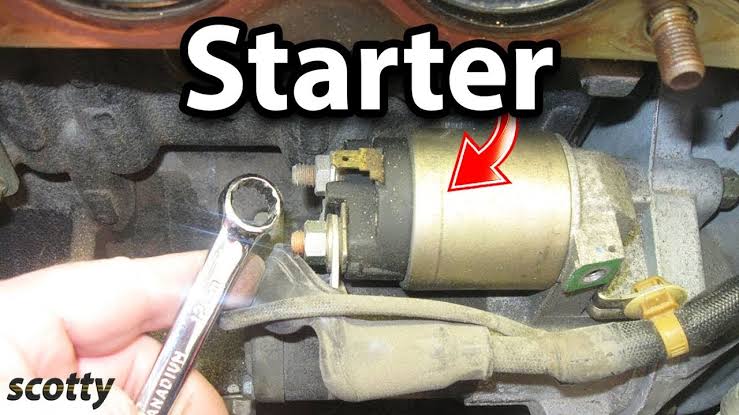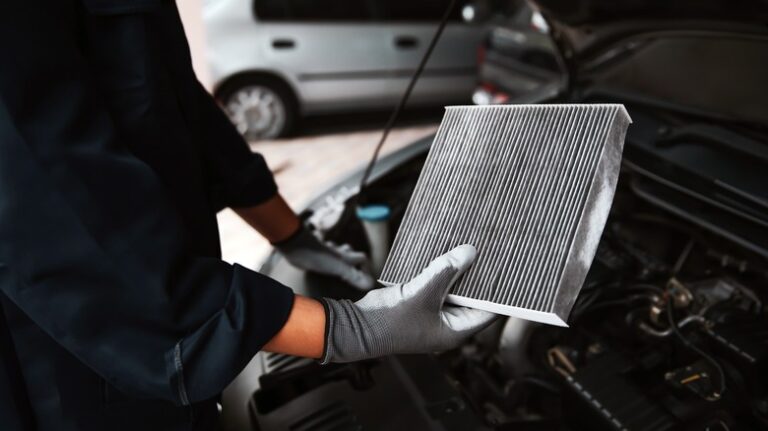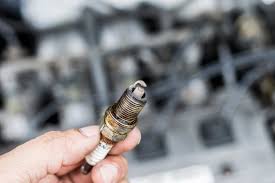Can A Bad Ignition Switch Drain Your Battery?

A car’s ignition switch is an essential part of the electrical system, responsible for turning on the vehicle’s power and starting the engine. When this switch malfunctions, it can cause a variety of issues, including problems with the battery. One common question many car owners ask is whether a bad ignition switch can drain your battery. The answer is yes — a faulty ignition switch can contribute to battery drainage, but how does it happen? Let’s break down the details.
What is an Ignition Switch?
The ignition switch is a crucial component that controls the power supply to the vehicle’s electrical system. It serves as the key to starting the engine and activating the vehicle’s systems, such as the fuel pump, lights, and radio.
Key Functions of the Ignition Switch:
- Starting the Engine: The ignition switch provides power to the starter motor, which starts the engine.
- Activating Vehicle Systems: When the switch is turned to the “on” or “run” position, it powers various electrical components like lights, air conditioning, and the radio.
- Powering Off: When the ignition switch is turned off, it cuts power to the electrical system, shutting down the vehicle.
How Can a Bad Ignition Switch Drain Your Battery?
A bad ignition switch can lead to several issues that might cause your car’s battery to drain. Here’s how:
1. Power Leakage
If the ignition switch is faulty, it might fail to fully disconnect the electrical system when the vehicle is turned off. This means that power could continue to flow to the vehicle’s components even when the ignition is in the “off” position. This power draw — also known as “parasitic draw” — can drain the battery over time. Essentially, the car’s electrical systems could be running without your knowledge, depleting the battery.
- Lights Staying On: Some electrical components like lights or the radio could remain on if the ignition switch is malfunctioning, leading to a slow but consistent drain on the battery.
- Continuous Electrical Flow: Certain vehicle systems, like the fuel pump or the ECU, might keep receiving power, even when the car is off, because the switch isn’t fully cutting off the circuit.
2. No Shut-off Mechanism
A properly working ignition switch ensures that the electrical systems are shut off once the car is turned off. If the ignition switch is defective, it may not properly shut off the vehicle’s electrical components. For example, if the switch fails to disconnect the engine control unit (ECU) or other critical systems, the battery will continue to power these components, leading to an eventual drain.
- Fuel Pump Running: If the ignition switch malfunctions, the fuel pump may stay running even after the engine is turned off, consuming battery power unnecessarily.
- Dashboard Lights Staying On: Faulty ignition switches can sometimes cause dashboard lights to stay illuminated even after the engine is off, contributing to battery drain.
3. Intermittent Power Loss
Sometimes, a bad ignition switch can cause intermittent power loss. The switch may not consistently make proper contact, causing the electrical system to cut out and then come back on sporadically. This inconsistent power flow can put additional strain on the battery, especially if the vehicle’s systems are repeatedly turning on and off.
- Unstable Power Flow: When electrical systems are rapidly turning on and off, the battery is being taxed in an inefficient way, leading to potential drain and possible damage over time.
4. Starting Issues and Battery Stress
A bad ignition switch can cause starting problems. If the switch is faulty, the car may not start correctly or take multiple attempts to turn over. This puts additional stress on the battery, as the starter motor and other electrical components are repeatedly activated. If this continues over time, the battery can become drained or even damaged.
- Excessive Cranking: A faulty ignition switch can make it difficult for the engine to start, requiring multiple attempts. This leads to excessive cranking, which places unnecessary stress on the battery.
Symptoms of a Bad Ignition Switch
If you suspect your ignition switch may be causing your battery to drain, here are some common symptoms of a bad ignition switch:
1. Car Won’t Start
If the ignition switch is failing, the car might not start at all, or it may start intermittently. A faulty switch can prevent the electrical system from engaging properly, causing the vehicle to fail to start.
2. Electrical Components Stay On
One of the most obvious signs of a bad ignition switch is when electrical components like the radio, dashboard lights, or even the headlights stay on even when the ignition is turned off. This is a clear indication that the switch is not properly disconnecting the electrical circuit.
3. Unresponsive Dashboard Lights
The dashboard lights may remain illuminated even after the ignition is turned off. This happens when the ignition switch fails to cut power to the vehicle’s electrical system.
4. Intermittent Power Issues
If the vehicle experiences intermittent electrical problems — such as the lights flickering, the radio turning off unexpectedly, or issues with other electronic systems — it could be a sign of a faulty ignition switch.
5. Difficulty Turning the Key
If you have trouble turning the ignition key, or it feels like the key is stuck in the ignition, it could indicate a problem with the switch. This might also contribute to the battery being drained if the electrical system remains engaged when it shouldn’t be.
How to Fix a Bad Ignition Switch
If you’ve determined that a bad ignition switch is the cause of your battery drain, here are the steps you can take to fix the issue:
1. Test the Ignition Switch
Use a multimeter to test the ignition switch. If the switch is not properly disconnecting the circuit when turned off, it may need to be replaced. A mechanic can help you test the switch if you’re unsure how to do it yourself.
2. Replace the Ignition Switch
If the switch is indeed faulty, it’s best to replace it. Replacing an ignition switch may require removing parts of the steering column or dashboard, so it’s generally a good idea to have a professional handle the replacement if you’re not familiar with the process.
3. Check for Parasitic Draw
After replacing the ignition switch, it’s a good idea to check for any parasitic draw using a multimeter. This will help ensure that all electrical components are properly shutting off when the vehicle is off, preventing further battery drainage.
4. Replace the Battery (If Needed)
If the battery has been repeatedly drained due to the faulty ignition switch, it may have lost its ability to hold a charge properly. In such cases, it’s a good idea to have the battery tested and replaced if necessary.
Conclusion
In conclusion, a bad ignition switch can indeed drain your battery by allowing electrical components to remain on even when the vehicle is turned off. Whether it’s through power leakage, failure to shut off systems, or excessive strain on the battery, a malfunctioning ignition switch can have a significant impact on your battery life and vehicle performance. If you notice symptoms like the Check Engine Light coming on, electrical components staying on, or difficulty starting your car, it’s important to have the ignition switch inspected and replaced if necessary. Properly addressing a faulty ignition switch will help ensure that your battery stays charged and your vehicle runs smoothly.





